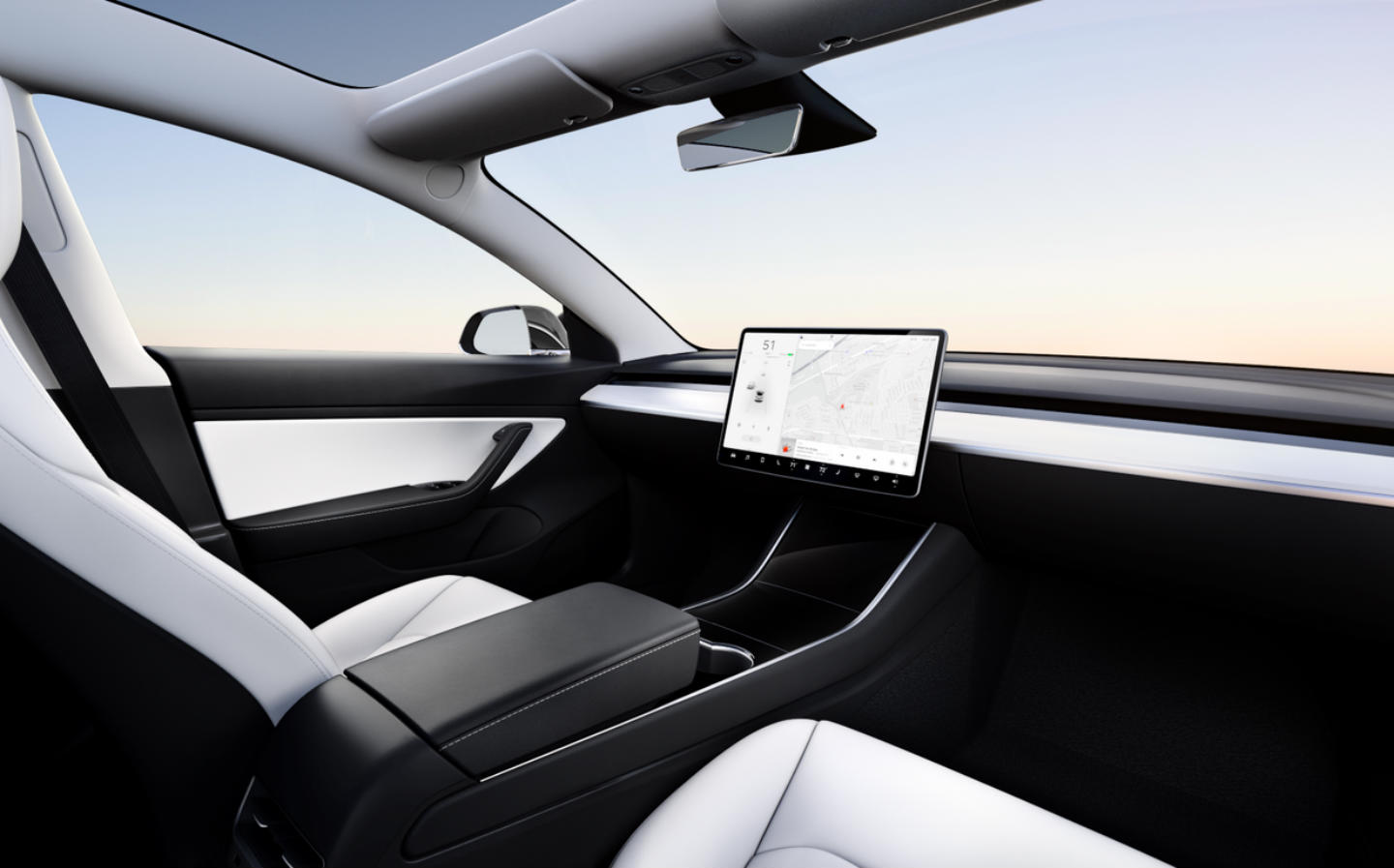Elon Musk claims Tesla cars could be sold without steering wheels and pedals within three years
Buyers will demand removal of controls, Musk claims
TESLA founder Elon Musk has courted controversy yet again by suggesting his company could build fully self-driving cars without steering wheels or pedals as early as 2021.
Speaking at a briefing on his company’s self-driving tech, Musk predicted the impending roll-out of Tesla’s “feature-complete” autonomous system would negate the need to have a steering wheel or an accelerator pedal in the cars, meaning Tesla could therefore stop selling vehicles with them.
While Musk stressed it was still subject to regulator approval, he claimed: “Probably, two years from now, we’ll make a product that has no steering wheels and pedals, and if we need to accelerate that time, we’ll just delete parts. It’s easy.”
Although they do not have advanced laser-based LIDAR technology onboard, as employed by the likes of Uber and Google’s Waymo off-shoot, Tesla claims all its cars currently on sale have the hardware necessary for fully autonomous travel. However, the Autopilot system’s capabilities at present “do not make the vehicle autonomous” and “require active driver supervision”, according to the car maker.
Musk said that when the time comes, Tesla owners could have steering wheels retroactively removed from their vehicle; a straightforward conversion, he claimed, amounting to having the wheel and the steering column removed, and the hole covered with a cap.
The chief executive appears not to wholly approve of the idea, mind you. Musk argued that Tesla’s steering wheel-less vision merely preempts customers’ future requirements.
“I’m not saying I want the world to be this this way,” he said. “I’m saying that consumers will most likely demand people are not allowed to drive their cars.”
He added: “In the future, the probability of the steering wheel being taken away is 100%. Consumers will demand it. Consumers will demand in the future that people are not allowed to drive these two-ton death machines.”
“In the future, the probability of the steering wheel being taken away is 100%. Consumers will demand it”
Musk said Tesla expects to be” feature-complete” and able to roll-out self-driving software updates this year.
“We expect to be confident enough from our standpoint to say that we think people do not need to touch the wheel or look out the window probably around the second quarter of next year, and then start to get regulatory approval at least in some jurisdictions towards the end of next year.”
Musk also said the roll-out of Tesla’s self-driving software would be complemented by the launch of a ‘Tesla Network’ ride-hailing service, which would enable owners to add their vehicle to an autonomous “Robotaxi” fleet from which other users could “summon” a car for autonomous journeys.
Again, Musk explained this was still subject to what local laws permit, but the Tesla boss went on the record to say he was “confident we’ll have regulatory approval somewhere next year”.
The UK is one country in which regulatory approval would be required; the Road Traffic Act currently requires that the human driver is in control of the vehicle at all times. However the Law Commission of England and Wales and the Scottish Law Commission are conducting a three-year review to prepare driving laws for self-driving vehicles.
The proposed changes to legislation, published in a preliminary consultation paper in February, recommend allowing authorised autonomous vehicles on UK roads where “the human user would … no longer be responsible for the immediate driving task”.
Initially a “user-in-charge” may be required to take over control in certain locations but the car would be seen as entirely responsible for driving duties at other times, such as on motorways. Final recommendations are expected to be delivered by March 2021.
A legal green light would not necessarily mean a fast-track to fully-autonomous cars on our roads, however. Industry experts have said the UK’s poor 4G coverage and potholed-riddled roads are holding back autonomous tech testing in the country.
Tweet to @J_S_Allen Follow @J_S_Allen
Switch to Autopilot: at the wheel of the self-driving Tesla Model S
After Uber’s fatal crash, will driverless cars ever become a reality?
Advanced self-driving car trials held back by potholes and poor 4G coverage





